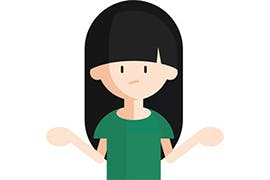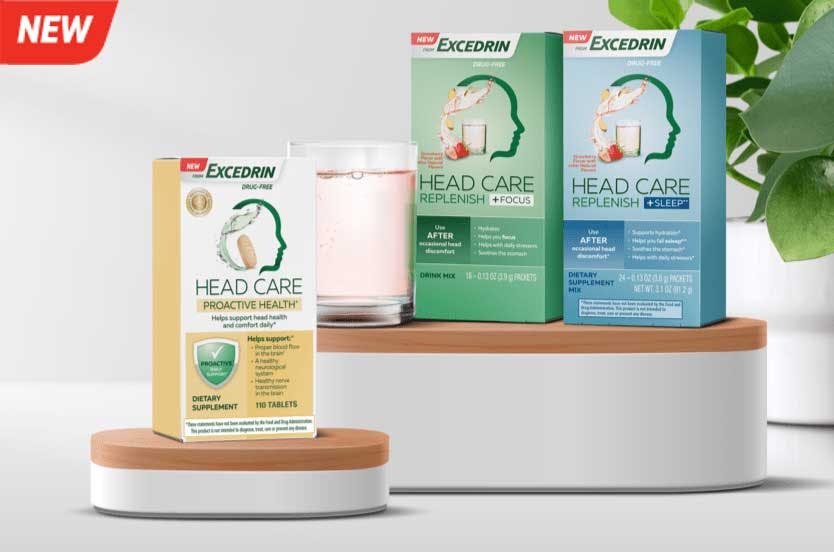Will a Nap Help a Headache? When and How Long to Sleep for the Optimal Nap
Some kids hate them, some adults crave them. But is nappy effective, really?
It’s hard to doubt the importance of a good night’s sleep — the act helps us improve focus, react more quickly, and even create memories. And headache sufferers may be more aware of this than most: Irregular sleep patterns may trigger both headaches or migraines in some.
But we totally get it — a good night’s sleep can sometimes be elusive. The question is: Can naps fill the void? Here’s what the research says about the benefits of naps.
What’s so great about a nap?
Naps have many benefits that have been confirmed by research. Namely, napping can reduce fatigue; increase alertness, creativity, and learning; improve mood, and even affect your memory.1
More studies about the benefits of napping are needed, but a very small and early study on the subject showed that a 60- to 90-minute nap helped study participants better perform at a task later in the day than the group that didn’t take a nap. What this might suggest is that a nap may help you solidify the learning of a new task. Early findings also suggest that a nap that contains REM (rapid eye movement) sleep could enhance performance as much as a normal night’s sleep, but more studies are needed. 2
What constitutes a “good” nap?
Two things: the right length and the right time of day.
Experts suggest that the best time to nap is around 2 or 3 p.m. This timing is built into your body’s biological clock: Most people are naturally sleepiest between 1 p.m. and 4 p.m. and then again between midnight and 7 a.m.
The right length depends on what you need. If you want to feel more alert, a “power nap” as short as 10 minutes could help. To help make new motor skills stick, a nap of at least 30 minutes may help. Ditto longer naps to help retain factual information and cause-and-effect relationships. But keep in mind that naps shouldn’t be longer than one hour — you don’t want to wake up feeling groggy.
Why the differences? Deeper, slow-wave activity sleep (sometimes called Stage 2 sleep) is needed for committing new skills or knowledge to long-term memory.
Can napping be “bad”? Sometimes. Ever feel groggy and disoriented after a nap? That’s a condition called “sleep inertia” that can affect some negatively. And if you nap too late in the day, it can affect your regular sleeping period. That’s why it’s recommended that you take your naps before 3 p.m.
Can naps help with headaches?
Although more studies are needed, a small study has shown promise for sleep being a combatant against headache pain. Out of 32 participants with persistent tension-type headaches, 81 percent said going to sleep was their most effective strategy for getting rid of a headache. 3 Other studies have noted that sleep is a common migraine relief tactic for some — in fact, in a study of 75 migraineurs, nearly 90 percent reported trying to sleep as a way of relieving their migraine pain. 4
To learn more about sleep and headaches, check out other sleep coverage on Excedrin.com.
References:
- Milner CE, Cote KA. Benefits of napping in healthy adults: impact of nap length, time of day, age, and experience with napping. J Sleep Res. 2009;18:272-281.http://www.ncbi.nlm.nih.gov/pubmed/19645971
- Allen RP. Take afternoon naps to improve perceptual learning. Sleep Med. 2003;4:589-590. http://www.ncbi.nlm.nih.gov/pubmed/14607356
- Ong JC, Stepanski EJ, Gramling SE. Pain coping strategies for tension-type headache: Possible implications for insomnia? J Clin Sleep Med. 2009;5(1):52-56. http://www.ncbi.nlm.nih.gov/pubmed/19317381
- Bag B, Karabulut N. Pain-relieving factors in migraine and tension-type headache. Int J Clin Pract 2005;59:760-763. http://www.ncbi.nlm.nih.gov/pubmed/15963200








